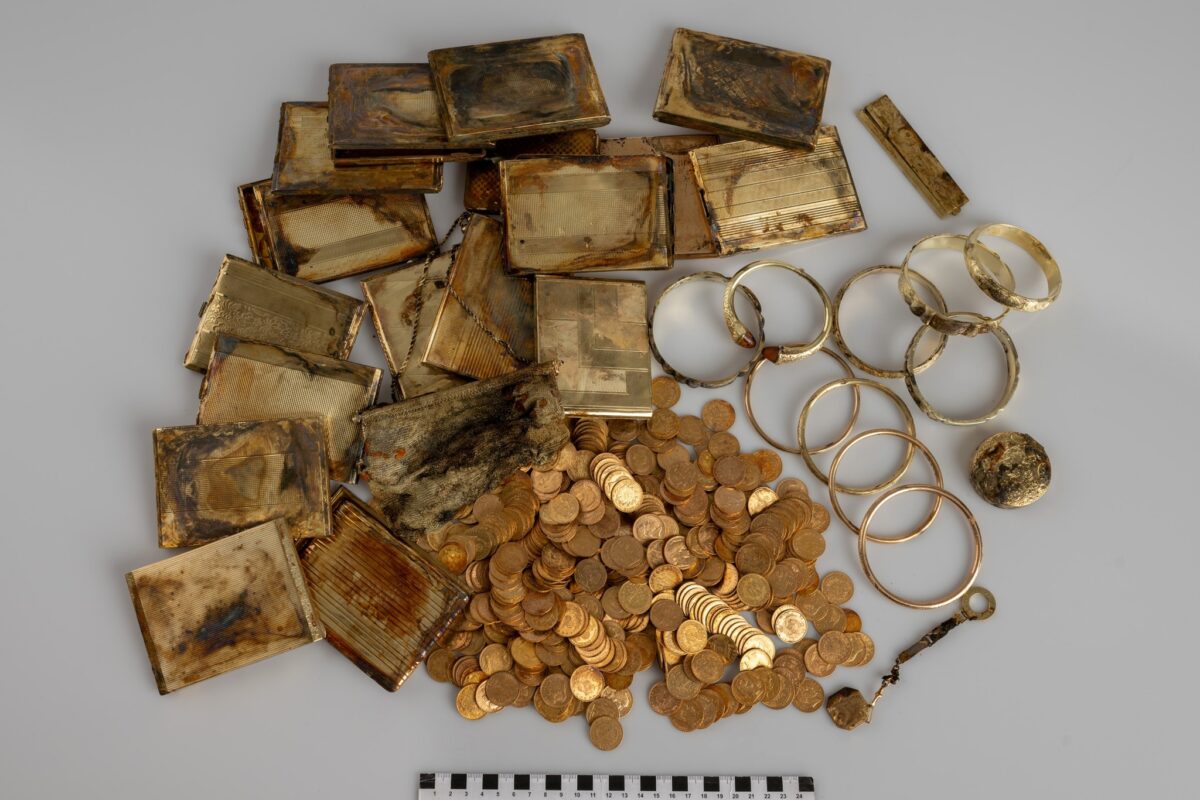
Amazing Find in the Czech Republic: Hikers Discover 3.7 Kilogram Serbian/Bosnian Gold Treasure
A leisurely hike on the slopes of Zvičina Hill in the Czech Republic turned into an extraordinary discovery for two lucky individuals, unearthing a hidden treasure valued at 7.5 million Czech crowns (€300,000).
The remarkable find, which occurred in early February and was recently announced, includes 598 gold coins, exquisite jewelry, and various artifacts, weighing a total of 7 kilograms, with approximately 3.7 kilograms consisting of gold coins alone.
The astonishing discovery unfolded as the hikers explored the natural terrain near the Polish border. Their initial find was a tin aluminum container holding nearly 600 gold coins, meticulously arranged in eleven stacks wrapped in black cloth. A short distance away, an iron box revealed an array of elegant items made of yellow metal: ten bracelets, a wire purse, a comb, a chain, and a powder compact. The gold coins alone account for about 3.7 kilograms of the total weight.
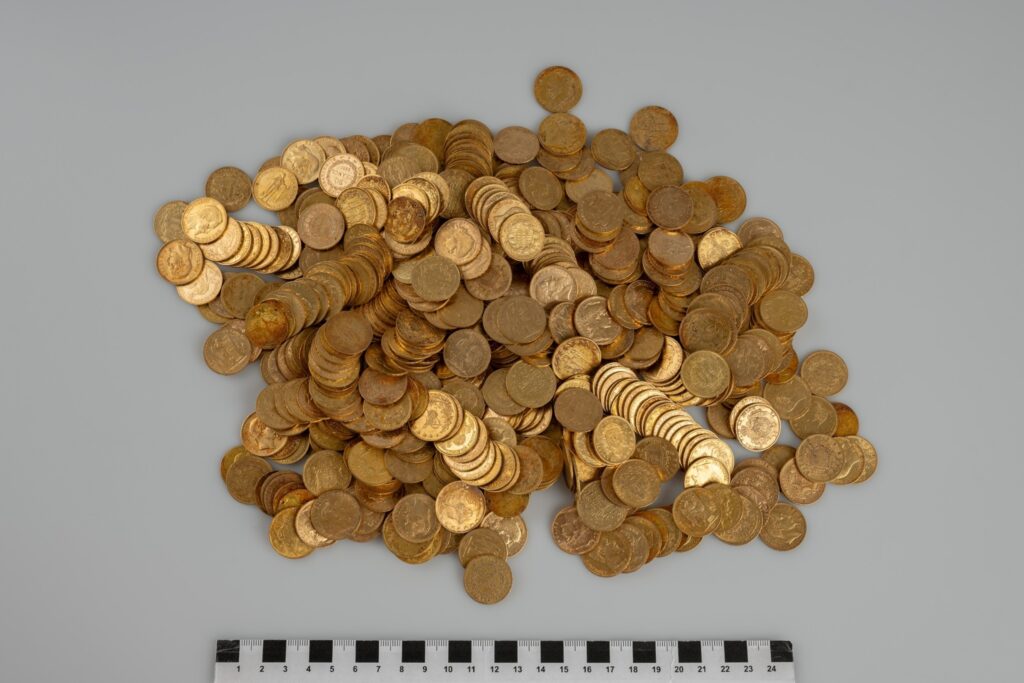
Experts at the Museum of Eastern Bohemia are still piecing together the puzzle of how this valuable collection came to be buried here. Numismatist Vojtěch Brádle expressed his astonishment upon seeing the find, stating that it “took his breath away.” He noted that based on their markings, the coins originated from Serbia in the 1920s and 1930s, making their journey to Eastern Bohemia an intriguing mystery.
Several theories have emerged regarding the treasure’s burial. One possibility is that it was hidden by Czech citizens fleeing Nazi occupation after 1938. Another suggests it might have been concealed by Germans awaiting expulsion after World War II in 1945. A third theory points to the 1953 communist currency reforms as a potential catalyst for the concealment.
“It’s hard to say whether this is Czech, German, or Jewish gold,” commented museum director Petr Grulich, highlighting the historical uncertainty surrounding the deposit.
Interestingly, numismatic analysis reveals that the gold coins are not of Czech origin. Instead, the collection includes pieces from France, Turkey, Belgium, Austria-Hungary, as well as a handful from Romania, Italy, and Russia. Closer examination of the markings on the Austro-Hungarian coins indicates they were likely intended for the territory of the former Yugoslavia, specifically Serbia or Bosnia-Herzegovina, before somehow making their way to the Czech Republic.
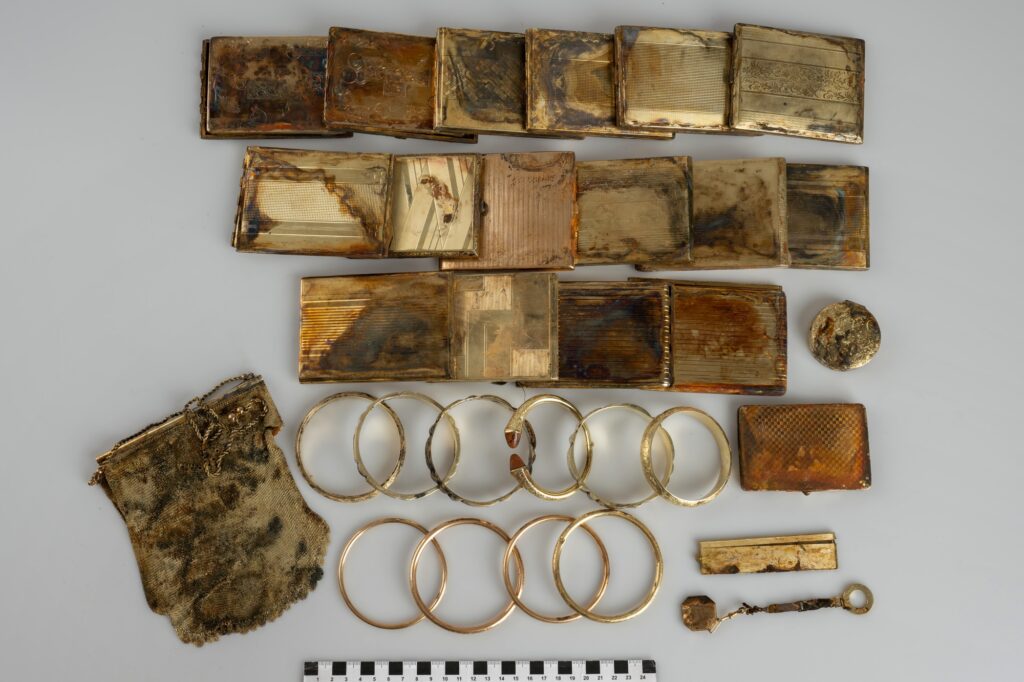
While the current market valuation is primarily based on the intrinsic value of the gold, the historical significance of the discovery is expected to be much greater. Under Czech law, the lucky hikers who stumbled upon this treasure are entitled to a reward of up to 10% of its value.
The Museum of Eastern Bohemia in Hradec Králové is now undertaking the important task of conserving these remarkable artifacts. They eventually hope to display the entire collection to the public, offering a tangible link to a fascinating and largely untold story from the region’s past.
Ongoing archaeological investigation, combined with archival research, promises to shed further light on the identity of the person who buried this treasure and the circumstances that led to its concealment and rediscovery centuries later.
Muzeum východních Čech Hradec Králové (The Museum of Eastern Bohemia )
Cover Image Credit: The Museum of Eastern Bohemia
You may also like
- Amazing Find in the Czech Republic: Hikers Discover 3.7 Kilogram Serbian/Bosnian Gold Treasure
- A Symbol of Protection on Hadrian’s Wall: A Roman Period Phallus Amulet Made of Jet
- Ancient Pottery Find at Megiddo May Corroborate Biblical Battle and Hint at “Gog and Magog” Narrative
- 5000-Year-Old Burial of High-Status Woman with Feathered Mantle Unearthed in Peru’s Caral Civilization
- Rare 3,500-Year-Old Chariot Wheel Discovered at Inverness Golf Course Site
- Thetford Treasure: Lasting Traces of Post-Roman Paganism in East Anglia
- Tralleis Ancient City Set to Open its Doors in July 2025
- Archaeologists Discover First Possible Evidence of Roman Gladiator Mauled by a Lion
- First Major Iron Age Cemetery Discovered in the UAE, Dating Back 3,000 Years
- Astonishing Kültepe Tablets: Some Everyday Turkish Words Date Back 4,500 Years!
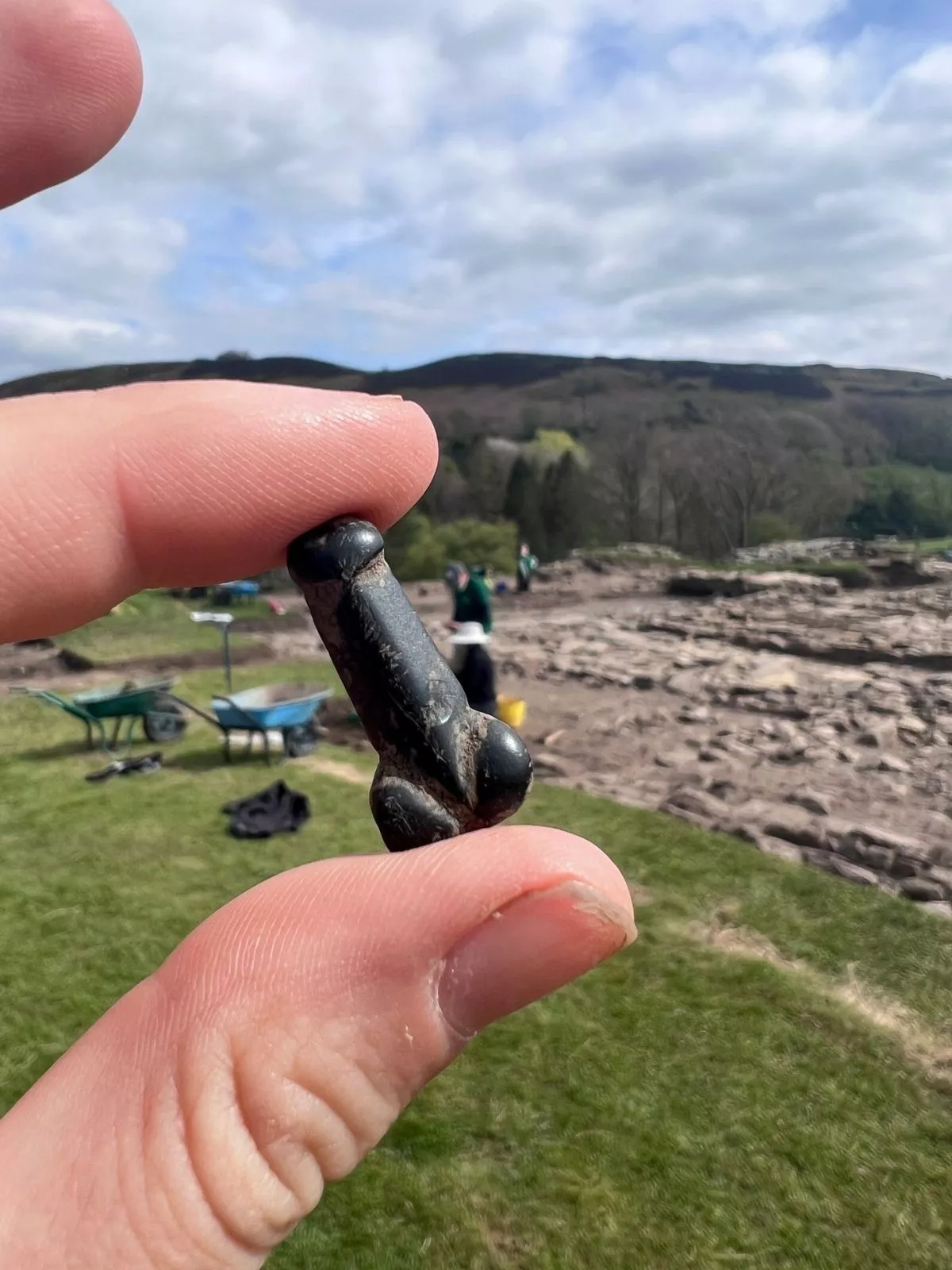
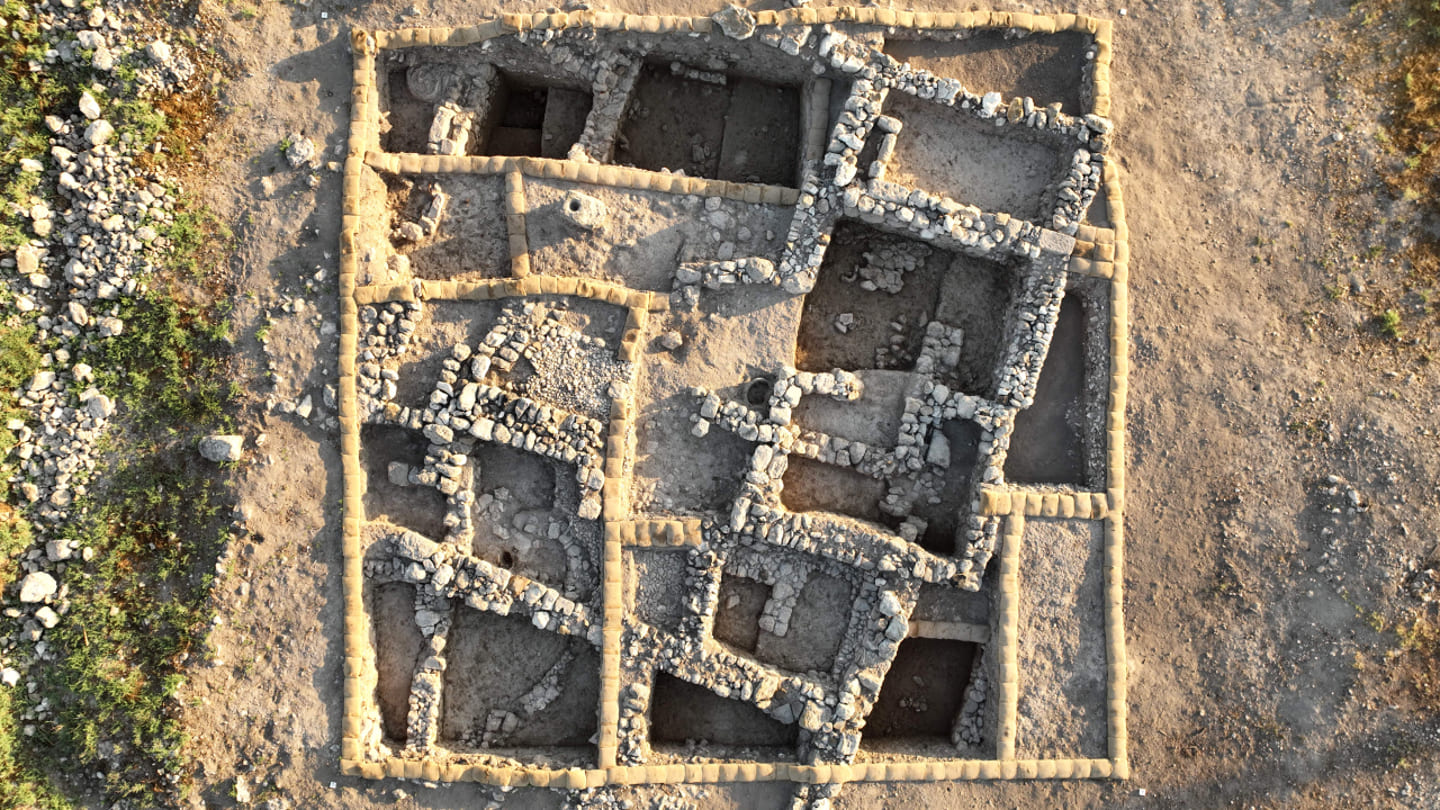
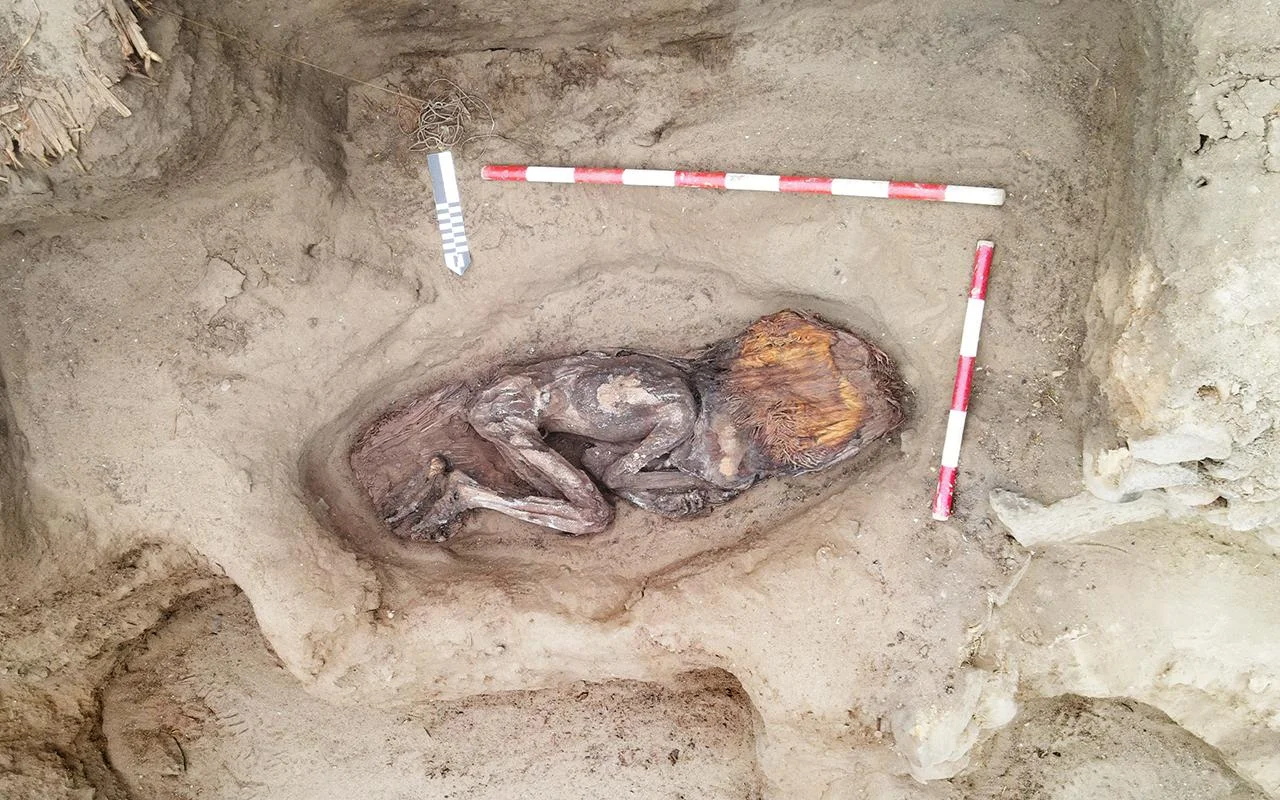
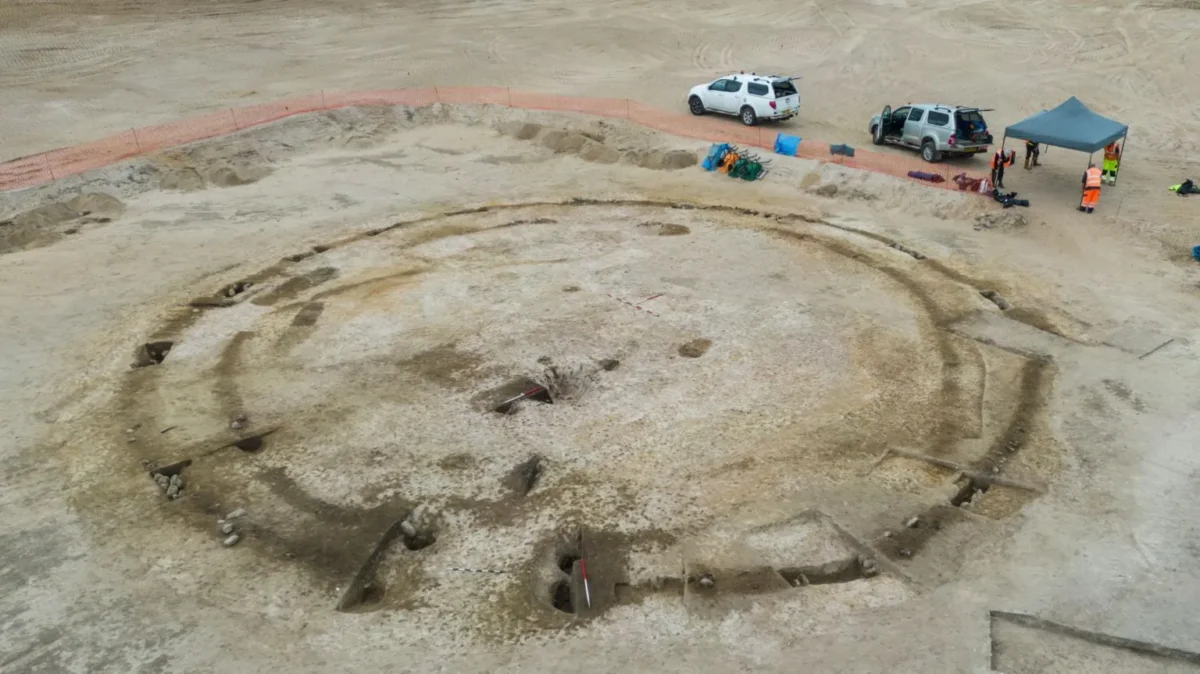
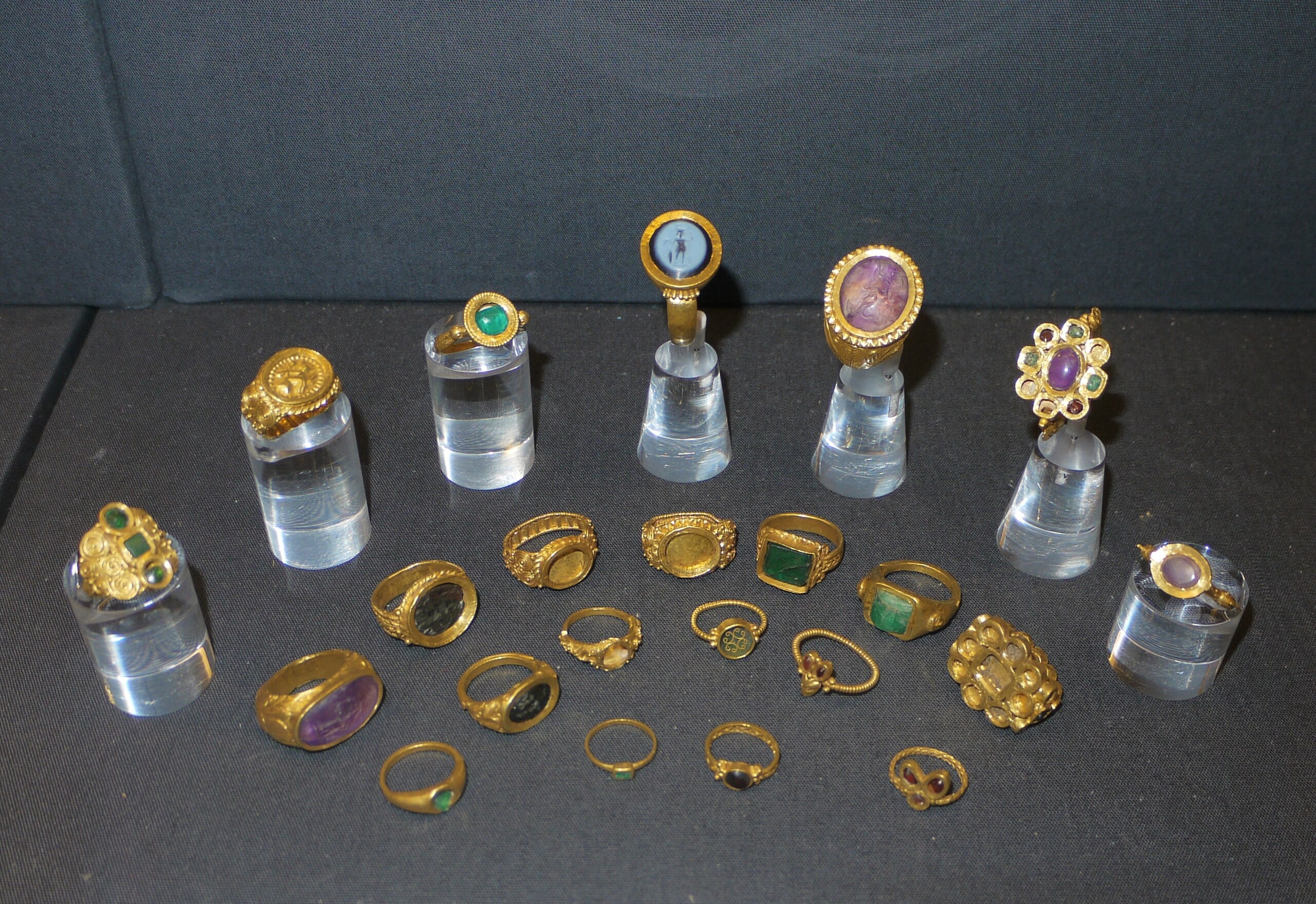
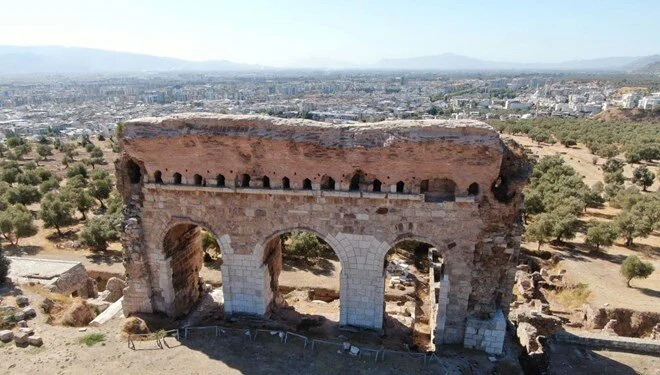

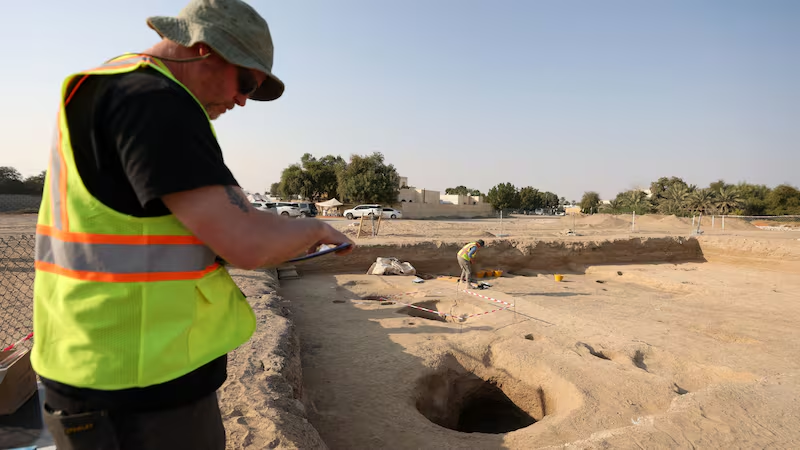
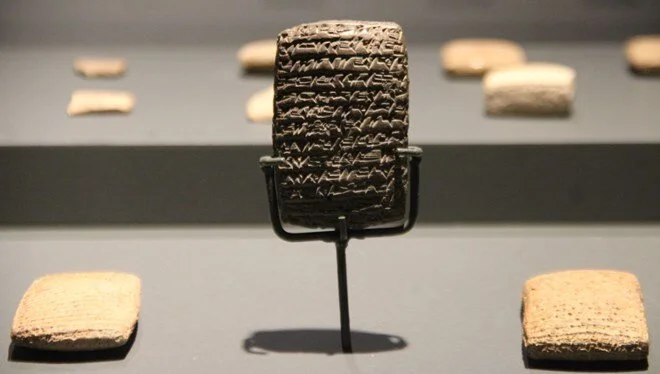
Leave a Reply